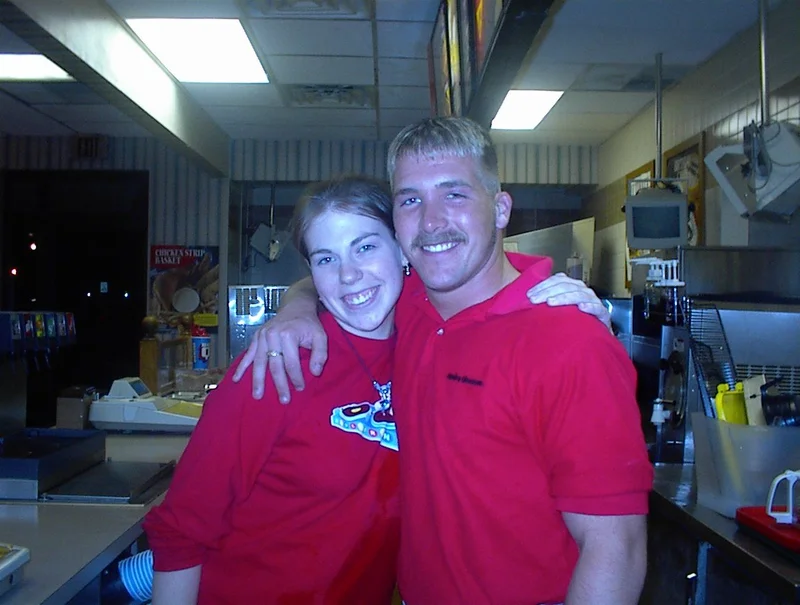Title: Freddy's Implosion: Is Your Frozen Custard a Luxury Good Now?
M&M Custard, a major franchisee of Freddy's Frozen Custard & Steakburgers, just filed for Chapter 11 bankruptcy protection. The filing reveals $5.2 million in assets against a staggering $27.7 million in liabilities. That's a debt-to-asset ratio of over 5:1. Not pretty. Dairy Queen Rival Files for Bankruptcy Newsweek reached out for comment, but I'm not holding my breath for a candid explanation (corporate comms tends to avoid uncomfortable truths).
The Casual Dining Crunch
This isn't an isolated incident. We're seeing a cascade of bankruptcies and closures in the fast-food and fast-casual sectors. McDonald's CEO Chris Kempczinski noted a "bifurcated consumer base," with lower-income traffic declining nearly double digits in the third quarter. Double digits. Let that sink in. Chipotle echoed this, reporting a pullback in frequency across all income levels, which has since become more pronounced among lower- to middle-income customers.
The common thread? Economic pressure on the lower and middle classes is squeezing discretionary spending. Hooters CEO Neil Kiefer says it's a tough time for "just about everybody" in the restaurant industry. But "everybody" isn't feeling the pinch equally. High-end restaurants are likely doing just fine; it's the chains reliant on volume from everyday consumers that are hurting.
M&M Custard plans to close several stores during its reorganization. This raises a critical question: is Freddy's, and other similar chains, becoming a luxury good? Are frozen custard and steakburgers moving out of reach for a significant portion of the population?

Frozen Custard Economics
The Street notes that other Freddy's franchisees and even Dairy Queens have shuttered locations this year. Dairy Queen, specifically, closed several Texas locations amidst a legal battle over royalty payments and remodels. This suggests a deeper issue than just macroeconomic headwinds. It's a struggle between franchisees and corporate, likely stemming from declining profitability at the store level.
The McDonald's CEO pointed to a nearly double-digit decline in lower-income customer traffic. Let's say that's around 9%. If Freddy's is experiencing a similar drop, that's a massive hit to their revenue. To maintain profitability, they'd need to either raise prices (further alienating budget-conscious consumers) or drastically cut costs (which can impact quality and customer experience). (Cutting labor costs, for example, is a classic but often self-defeating move.)
Here's the part I find genuinely puzzling. The article mentions M&M Custard has between 100 and 199 creditors. That's a LOT of individual entities to owe money to. It suggests a complex web of suppliers, landlords, and other vendors. What specific factors led to such a widespread debt? Was it over-expansion? Poor management? Unfavorable lease terms? The court filings will likely offer more clues, but the sheer number of creditors raises red flags about the franchisee's operational practices.
A Glimpse of Tomorrow
The data paints a clear picture: the casual dining sector is facing a reckoning. Lower- and middle-income consumers are pulling back, and franchisees are struggling to stay afloat. The Freddy's bankruptcy isn't just about one company's woes; it's a symptom of a broader economic shift. The question is, will these chains adapt, or will they become relics of a bygone era of affordable indulgence?
